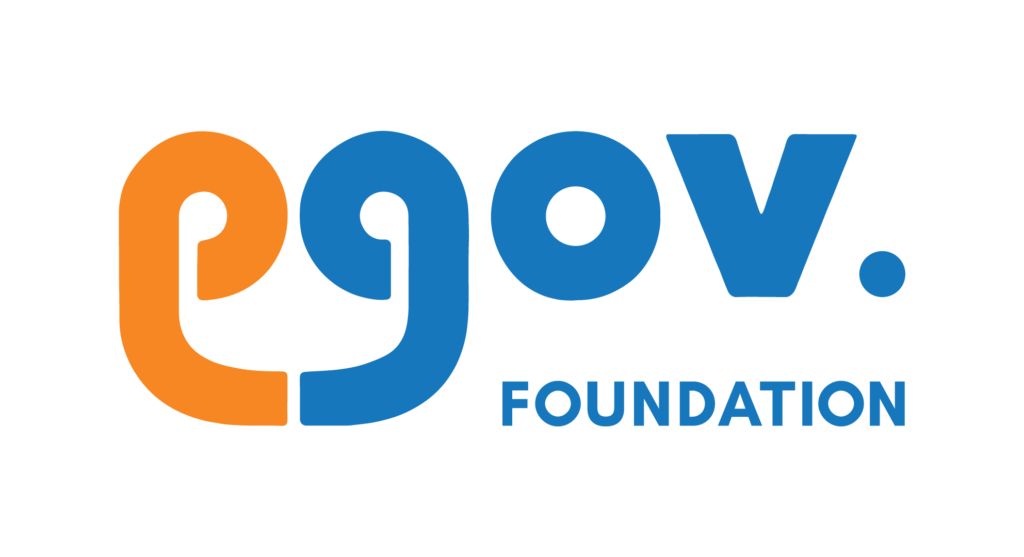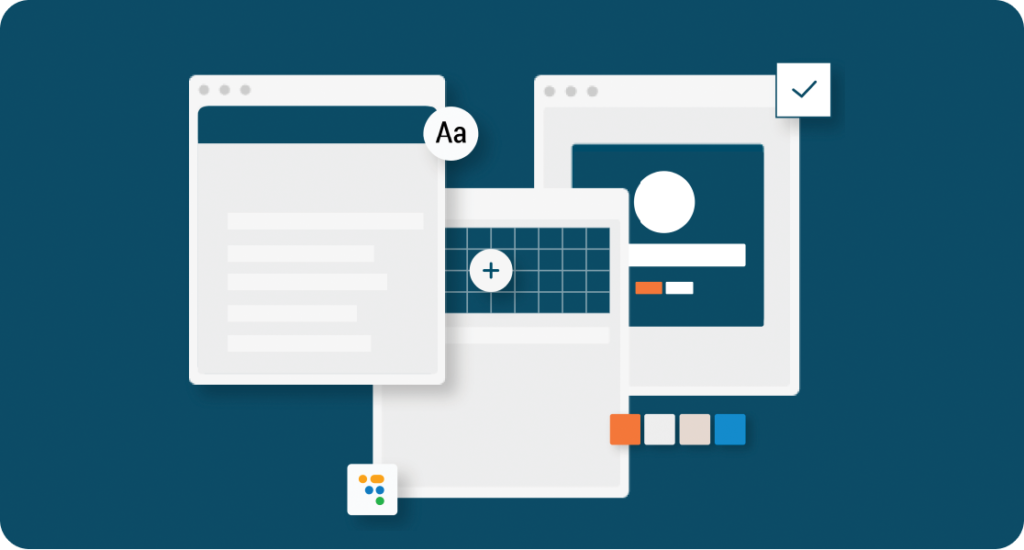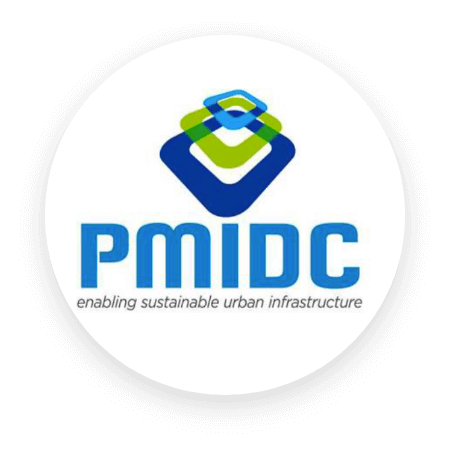DIGIT is an open-source platform with foundational capabilities and applications needed by governments, markets & civil society to work together to deliver public service outcomes that help in the achievement of SDGs. The platform offers well-defined specifications, standardised code, open APIs, and knowledge assets that can be freely leveraged by multiple partners to create applications, collaborate and innovate.
Design systems have evolved in response to the collaboration needs of the open-source developer community seeking efficient means of creating digital interfaces for multiple products. The DIGIT Design System serves as a guide to building front-end interfaces. It provides a repository of reusable design components to build user interfaces that conform to DIGIT’s design standards and reduces the time to design and develop applications.
Why do we need the Design System?
Being an open-source community-driven platform DIGIT needs a framework and design vocabulary for developers and communities engaged in co-creation. The below pointers deep-dive into how the DIGIT Design System will help stakeholders.
1. Reduce development time
A study by Sparkbox (2021) established that standardised design guidelines accelerate the UI design process by 47 percent. Design systems ensure faster UI development eliminating redundancy in designing visual interfaces across applications that are consistent and standardised. This saves designers a lot of time owing to easy access to the entire library of components and developers to reuse the code available in the design repositories.
2. Simplify user journeys
Design systems help define a standardised approach, improve user experience, and shape user interactions. The DIGIT Design System standards reflect best practices based on established research findings on user interface experience. The user journey is simplified for both citizens and employees. Employees at government departments and frontline workers use multiple applications. A consistent user interface across multiple applications reduces their learning curve, improving adoption and reducing training needs.
From a citizen’s perspective, the usage of each individual service delivered through an application is infrequent. Users come to the app once a month to pay water charges or property taxes. An easy-to-navigate user interface, that is standard across multiple applications reduces the cognitive load, reduces drop-offs, and improves adoption.
3. Maintain brand consistency
Design systems ensure the brand experience is consistent across the application screens. The colour coding and visual components adhere to defined brand guidelines. The design principles detailed in the DIGIT Design System ensure standardised UI screens.
4. Helps standardise UI layouts
We know the user interface screen combines multiple patterns, components, and styles. Standard design layouts assist users to identify where to look for specific details. From the user’s perspective, it brings a sense of familiarity and sets the user’s expectations. And, from the developer’s perspective, the time to build these interfaces is reduced considerably. This makes the design principles and concepts defined easy to understand and replicate.
What does the Design System offer?

The DIGIT Design System standards provide a list of reusable resources and a shared code or language required to design digital interfaces. The standards outlined in the system offer a systematic collection of resources that help developers build consistent screens across all applications. One can or developers can browse through the shared libraries to find the UI codes, reusable design components, and the standards and guidelines for using the various design elements to build applications.
Benefits of using the design system
Below are the benefits of using the DIGIT Design System –
- Replicate the designs easily – Use the DIGIT-verified standards applicable for each UI component to ensure consistency in design and layout.
- Reduce the time and effort required to design user interfaces – The code library and reusable components make it easier to design the screens.
- Provide a unified shared language across development teams – The visual language shared across communities serves as the base for developing standardised interface screens founded on well-researched principles.
- Ensure visual consistency across screens – Streamline user journeys across screens and applications for an improved experience.
- Remove siloed application designs paving the way for smooth interaction across applications – Establish a brand with a well-defined layout pattern and UI design for applications.
- Build a sense of familiarity among users in context to the application screen flows – The idea is to promote user experience by setting their expectations on where and how to move forward.
This article delves into the reasons we need the DIGIT Design System and the benefits of having a design system. The following 2 articles in this series will talk about the key considerations that went into creating the design system, the design principles, and the way governments, developers and designers can leverage the design system.
Visit our site design.digit.org to deep-dive into our platform design principles and access the design resource library.




























